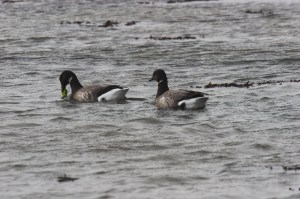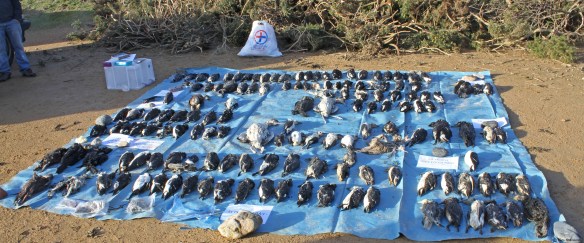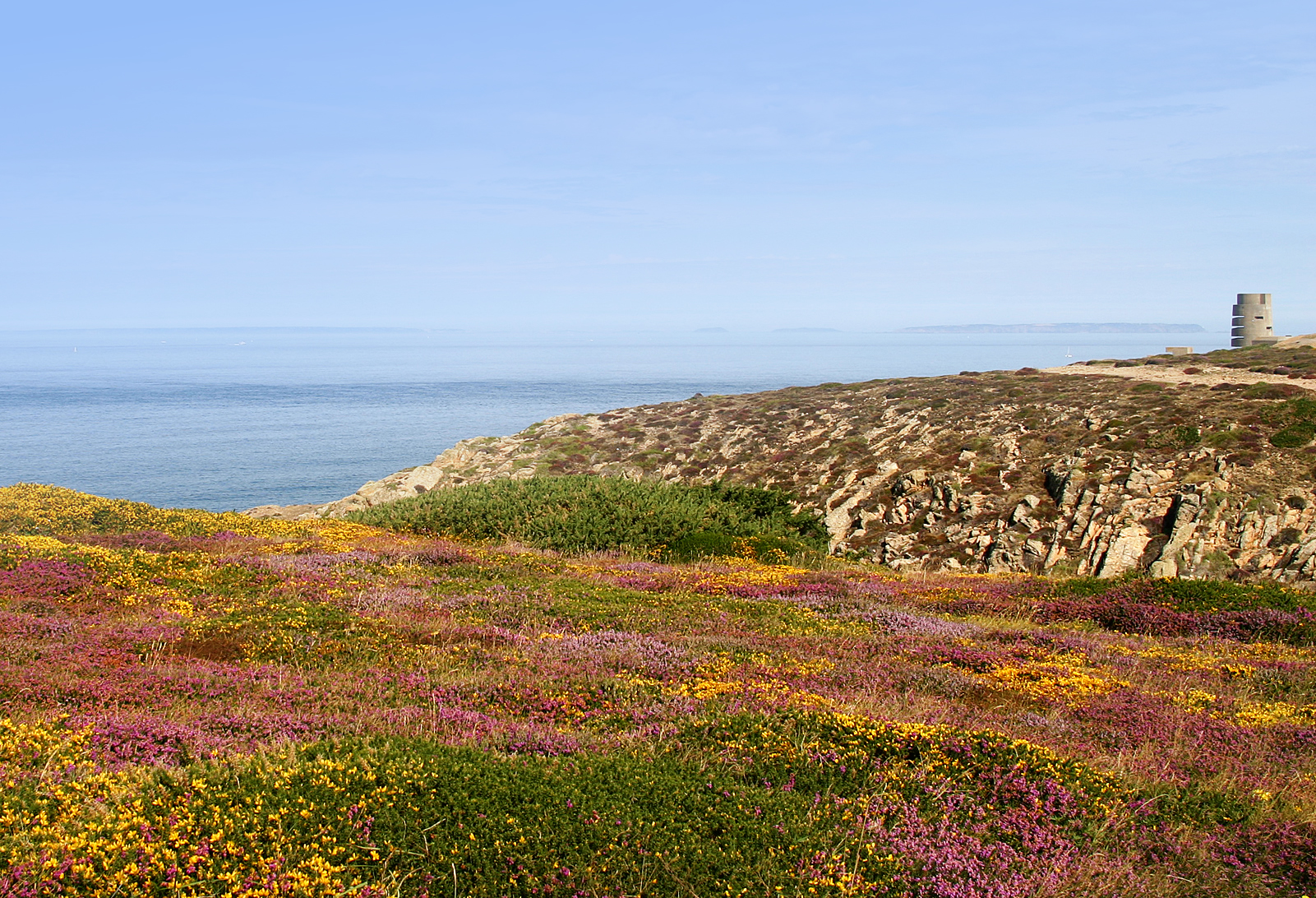 From British Birds and the BTO
From British Birds and the BTO
The BTO’s latest BirdTrends report published online, summarises the population trends for 120 breeding bird species across the UK using data collected by volunteers including those in the Channel Islands. For the first time, this year’s report provides habitat-specific trends for many species, highlighting those habitats where species are in trouble. As is becoming all too familiar, while intensive conservation efforts and targeted habitat management have benefited some rarer UK bird species, many widespread and formerly common birds are experiencing severe declines. Some 28 species, almost a quarter of those included in the BirdTrends report, have exhibited falls in numbers greater than 50% over the last 35–45 years.

House sparrow population in England 1976-2013. From BTO http://blx1.bto.org/birdtrends/species.jsp?s=housp&year=2014
‘National declines in farmland birds are well-documented and these latest figures show that this decrease is continuing,’ explains the report’s lead author, Senior Research Fellow Stephen Baillie. ‘The results of BTO surveys show that many familiar garden birds are also experiencing problems. House sparrow numbers have dropped by almost 70% since the 1960s and the data suggest that sparrows occupying urban and suburban habitats are faring worst.’
‘The range of garden birds experiencing population declines appears to be increasing,’ explains report co-author John Marchant. ‘While many will be familiar with the disappearance of house sparrow, starling and spotted flycatcher, it may surprise people to know that house martin, mistle thrush and greenfinch are heading in the same direction. Again, there is evidence that house martin and mistle thrush declines are most pronounced around human habitation; the BTO will be launching a volunteer house martin survey in spring 2015 to find out more about the current distribution of breeding populations in order to identify and inform conservation measures.’

Turtle dove population in UK 1966-2013. From BTO http://blx1.bto.org/birdtrends/species.jsp?year=2014&s=turdo
So what can be done to reverse these declines? ‘We urgently need more data to answer that question, and volunteer surveyors can provide it,” explains Dave Leech, a Senior Research Ecologist at BTO. ‘Information generated by ringing birds and monitoring their nests proved that the majority of farmland bird declines were driven by a reduction in food availability during the winter. Drivers of garden bird declines are more variable; reduced winter food availability and disease appear to have caused a fall in starling and greenfinch numbers respectively, whilst house sparrows seem to be struggling to rear enough chicks. Data gathered by BTO ringers and nest recorders will help us to identify the mechanisms underlying declines of other species.’
There is, however, far more to the BirdTrends report besides the species pages! Supporting pages describe the field and analytical methods that were used to produce the results for each species and to identify alerts. Overall patterns of trends in abundance and breeding success are discussed, and compared with the latest trend information and alerts with the Birds of Conservation Concern list. Summary tables list alerts and population changes by scheme, and there is also a facility to select and display your own tables of population change. A detailed References section lists more than 700 of the most relevant recent publications, with onward links to abstracts or to full text where freely available, and is a valuable key to recent scientific work by BTO and other researchers. The Key findings page provides a brief overview of our main findings this year.
Text, tables, graphs and presentation for each species are updated annually to include the latest results and interpretative material from the literature. Information on demographic trends and on the causes of change is gradually being expanded. There are new pages this year for gadwall, little egret and common tern.





































